In the last 10 years, the number of studies on mindfulness has increased by nearly 10 times. Taken together, this research shows the great potential for mindfulness to improve everything from our brain functioning to our cardiovascular health to our relationships with others.
But if you’re like me, knowing all of this doesn’t necessarily make it any easier to find time to practice mindfulness in everyday life. That’s where two recently published books come in. Real Happiness: The Power of Meditation, by Sharon Salzberg, and Urban Mindfulness: Cultivating Peace, Presence & Purpose in the Middle of It All, by Jonathan S. Kaplan, both offer some simple, practical tips for becoming more mindful, even in unlikely circumstances.
Salzberg, who co-founded the Insight Meditation Society in Massachusetts with Jack Kornfield and Joseph Goldstein, has been teaching meditation for more than 30 years; her book shares the lessons and wisdom she has developed in that time, distilled into a 28-day program format.
The first chapter of Real Happiness describes many of the scientific studies that have shown how practicing mindfulness can reduce stress, improve emotional and physical health, and change one’s brain structure for the better. The rest of the book is a step-by-step set of instructions for developing your own practice, and includes information on techniques like paying attention to one’s breath to increase awareness of the present moment and learning how to deal with difficult emotions.
A handy CD of meditations voiced by Salzberg accompanies the book, with both shorter and longer meditations for readers to choose from. The book anticipates problems that readers may encounter by providing useful tips on how to avoid pitfalls, and is both engaging and comprehensive in its approach.
Kaplan’s book, based on his blog of the same name, focuses on how one can adapt mindfulness practices to a busy urban lifestyle. He uses the unique elements of urban living—loud noise, crowded streets, and sensory overload, for example—as fodder for becoming more conscious of how we take in the world around us, make judgments, and engage with others.
For example, in a chapter called “Talking Trash,” he suggests that you “extend a blessing to the sanitation workers as they come down the block” to foster appreciation and “bring awareness to the process of discarding things” to avoid unnecessary waste.
In another, called “The Clothes Make the City, Man,” he suggests you look in your closet and carefully consider your material needs—and your personal values—before going shopping, to avoid spending on unnecessary stuff that you crave but don’t really need.
Like Salzberg’s book, Urban Mindfulness is valuable for offering countless practical suggestions like these. Both books should be compelling—and helpful—to readers who find it hard to make time in their busy day to step back, pay attention to their breath, and slow down.
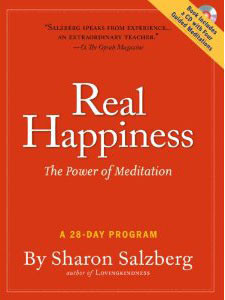

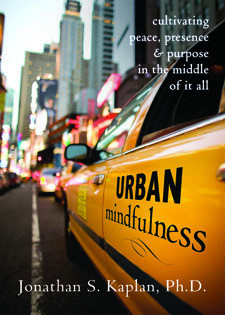

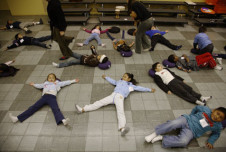


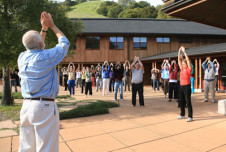

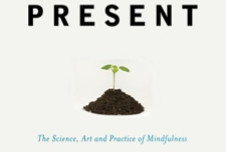
Comments
that really help
thanks
Crazy Vision | 9:19 pm, September 22, 2011 | Link
thanx ..
that helps alot .. specially after a long day of work
اصالة | 6:42 am, September 23, 2011 | Link